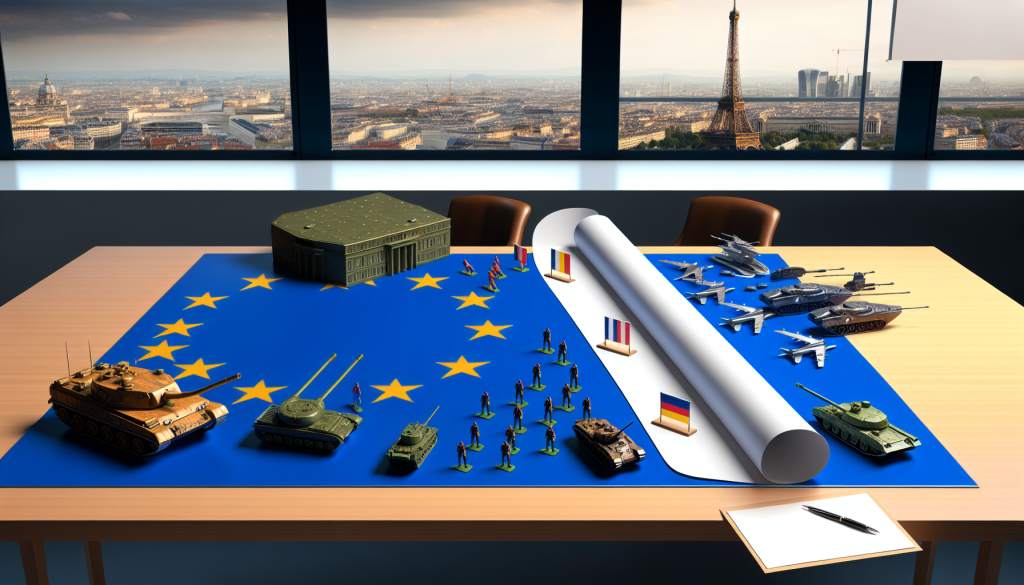
The European Commission and the High Representative have presented a new ‘Defence Roadmap’ to enhance defence capabilities across Europe.
The ‘Preserving Peace – Defence Readiness Roadmap 2030’ includes specific goals and timelines, addressing existing capability gaps, promoting increased defence spending among Member States, and guiding the EU toward achieving full defence readiness by 2030. This framework outlines a strategic pathway that emphasizes the urgency of improved military readiness in the face of evolving global threats.
Moreover, this plan aligns with ongoing support for Ukraine, reinforcing Europe’s defence posture in a time of considerable geopolitical tension. The roadmap reflects the European Council’s request issued in June 2025, signaling a commitment to proactive measures in regional security.
At the core of this initiative are four initial European Readiness Flagships: the European Drone Defence Initiative, the Eastern Flank Watch, the European Air Shield, and the European Space Shield. Focused on enhancing deterrence across various domains—land, air, sea, cyber, and space—these flagship projects are designed to support NATO capability objectives while ensuring a collaborative approach among EU member states.
In a statement highlighting the imperative for collective security, European Commission President Ursula von der Leyen remarked, “The recent threats have shown that Europe is at risk. We have to protect every citizen and square centimetre of our territory. And Europe must respond with unity, solidarity and determination. Today’s Defence Roadmap presents a clear plan with shared goals and concrete milestones on our path to 2030. Because only what gets measured gets done.” This statement reflects a strong commitment to safeguarding the continent’s interests and security.
In addition to the projects already mentioned, the roadmap recommends that member states complete the creation of ‘Capability Coalitions’ across nine defined areas. These areas include air and missile defence, strategic enablers, military mobility, artillery systems, cyber operations, artificial intelligence, electronic warfare, missiles and ammunition, drones and counter-drone systems, ground combat, and maritime capabilities. This collaborative framework aims to effectively address key capability shortages through combined development and procurement efforts.
Building on the ReArm Europe Plan/Readiness 2030, this initiative encourages both public and private sector investment. The intention is to provide member states with flexibility in funding measures that will enhance production capabilities and overall operational readiness. Such financial provisions are crucial for developing a robust defence infrastructure across Europe.
The roadmap is poised for presentation to the European Council, outlining flagship projects that are expected to pave the way toward full defence readiness by 2030. Part of this strategy includes a commitment to creating a unified military mobility area within the EU by 2027. This initiative encompasses the development of consistent regulations and a coordinated network of land, air, and sea routes, enabling the rapid movement of troops and equipment throughout Europe.
This collaborative effort is designed with the input of NATO, increasing Europe’s capacity for swift crisis response. Such synchronization not only augments individual nations’ defence capabilities but also enhances collective security across the continent. By fostering a unified approach to military readiness, Europe aims to be better prepared for any potential threats that may arise in the future.


